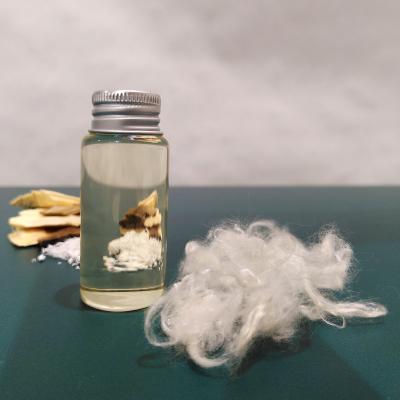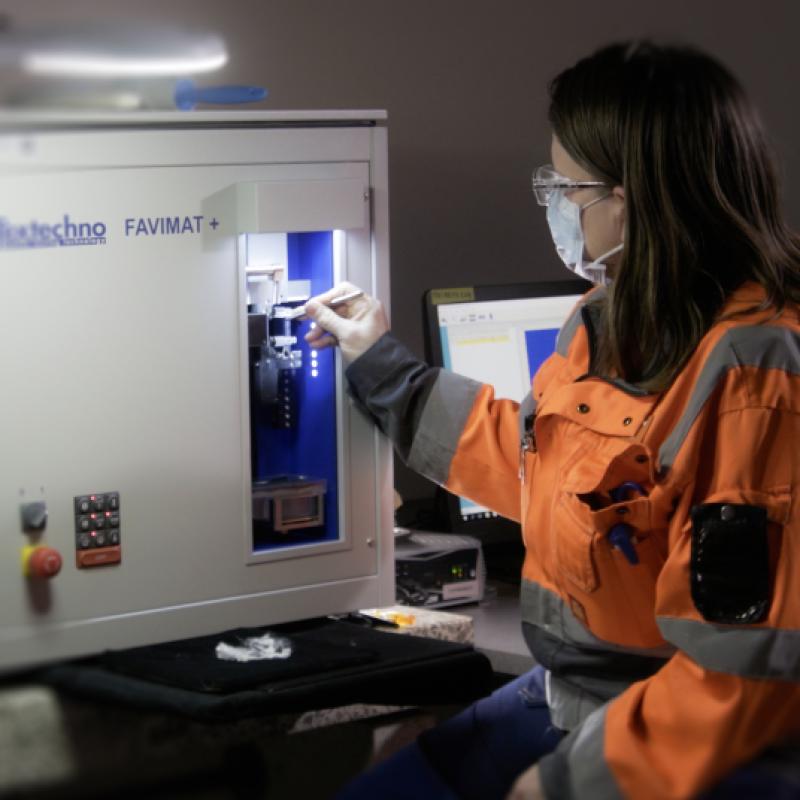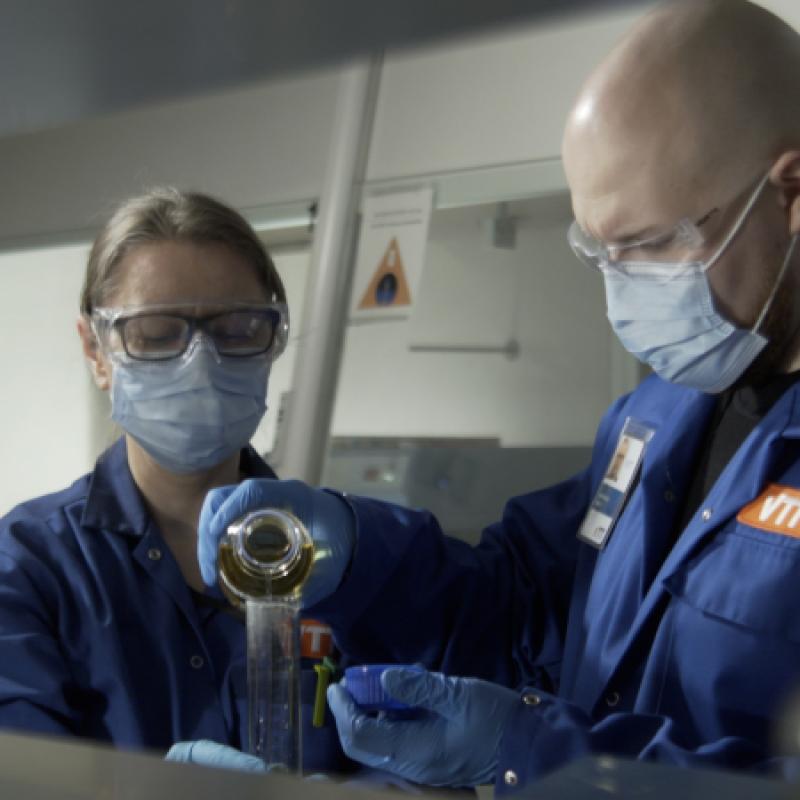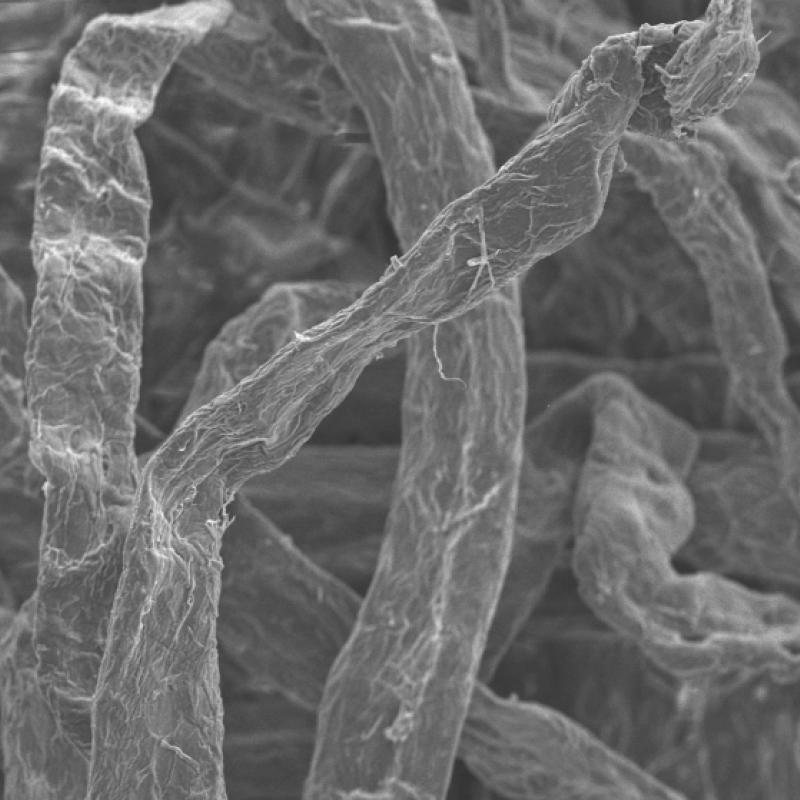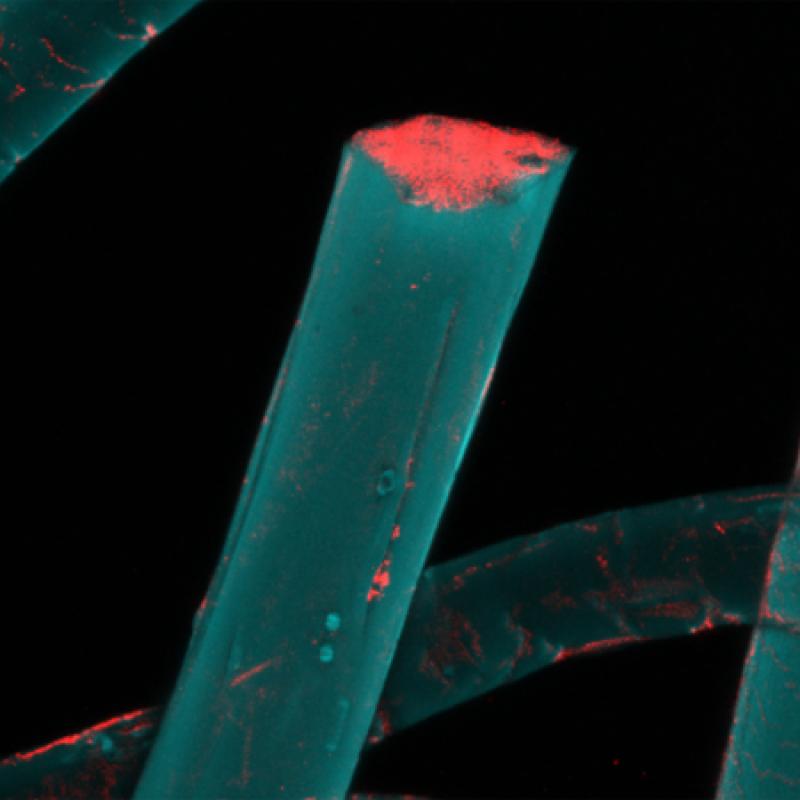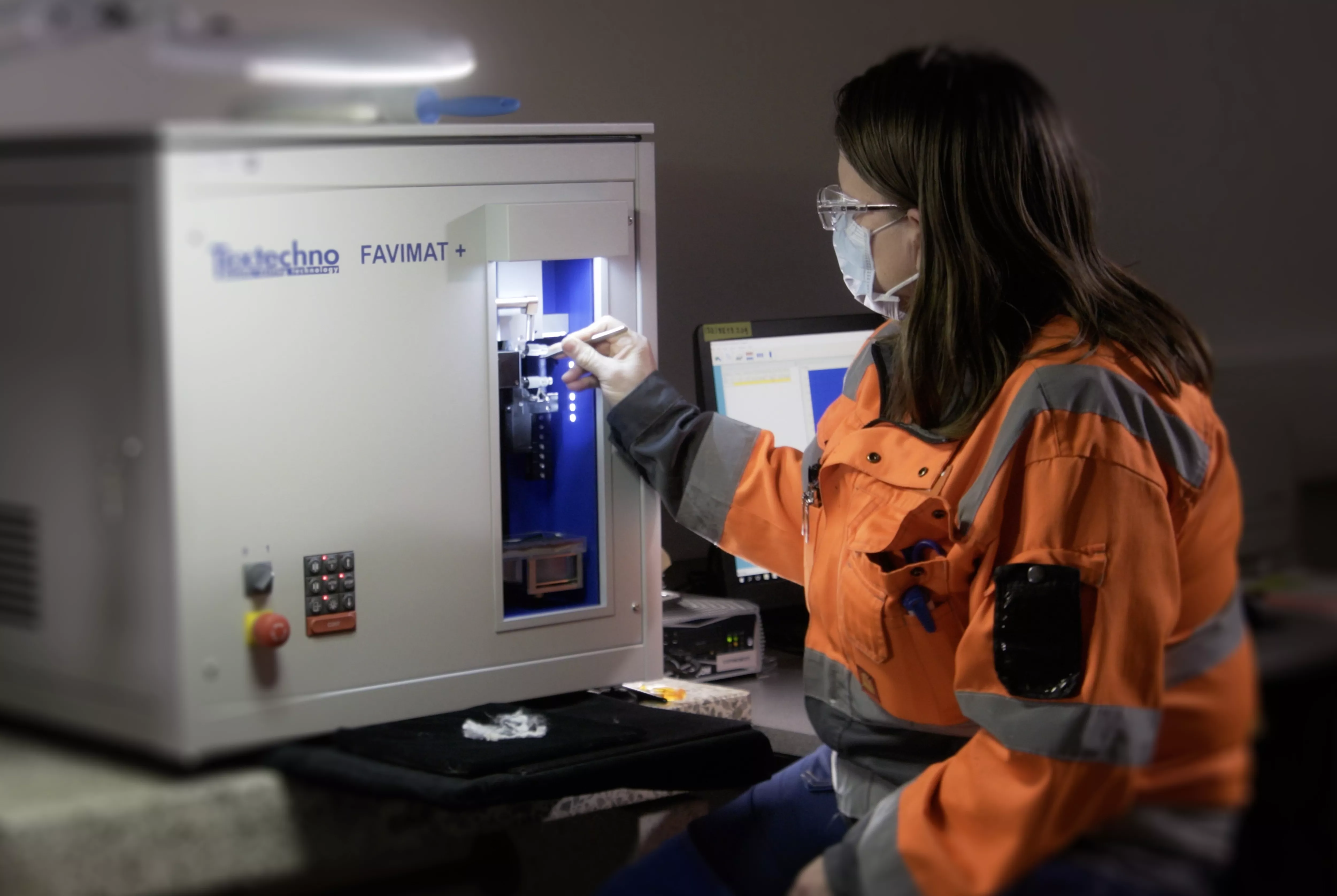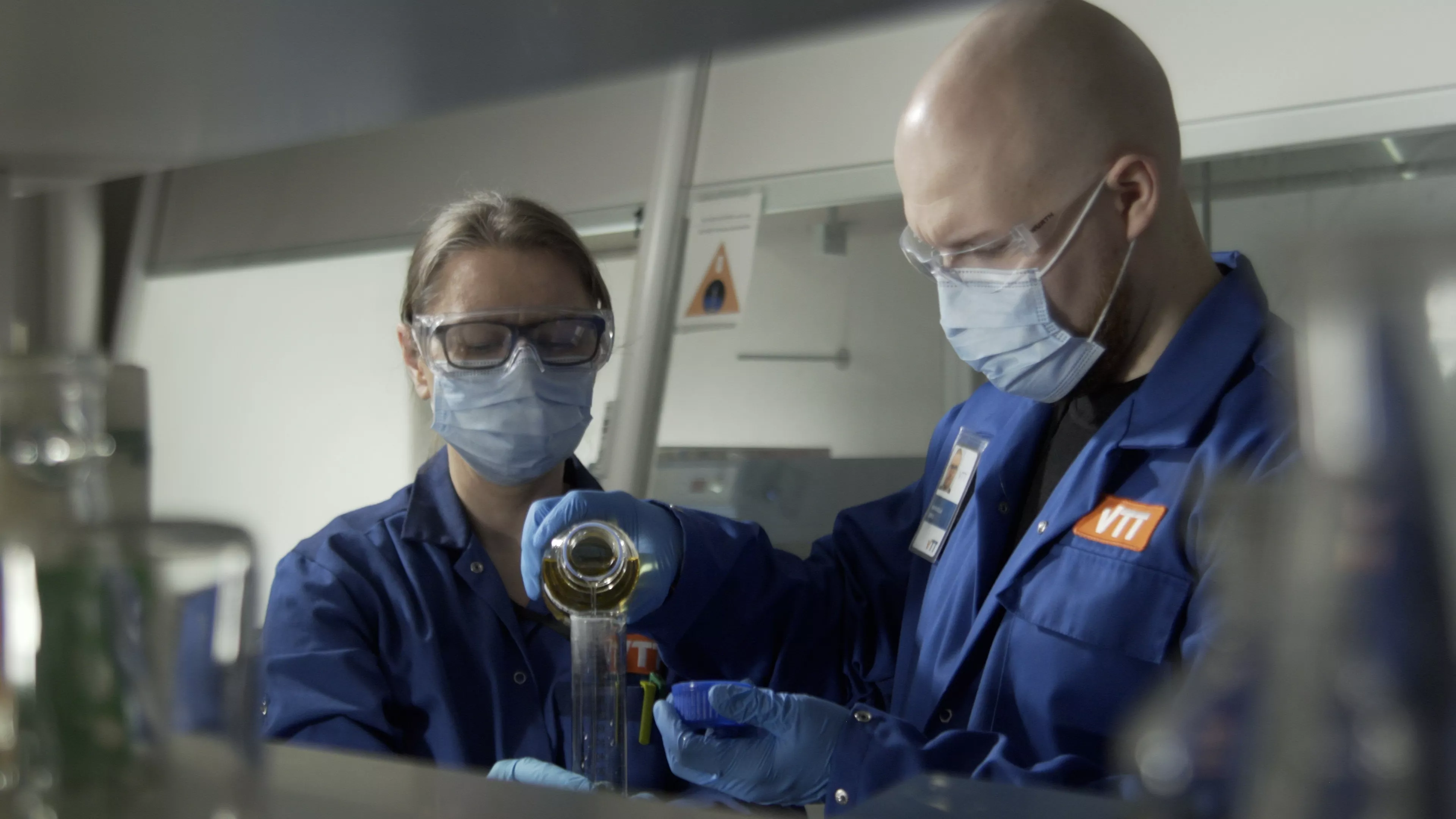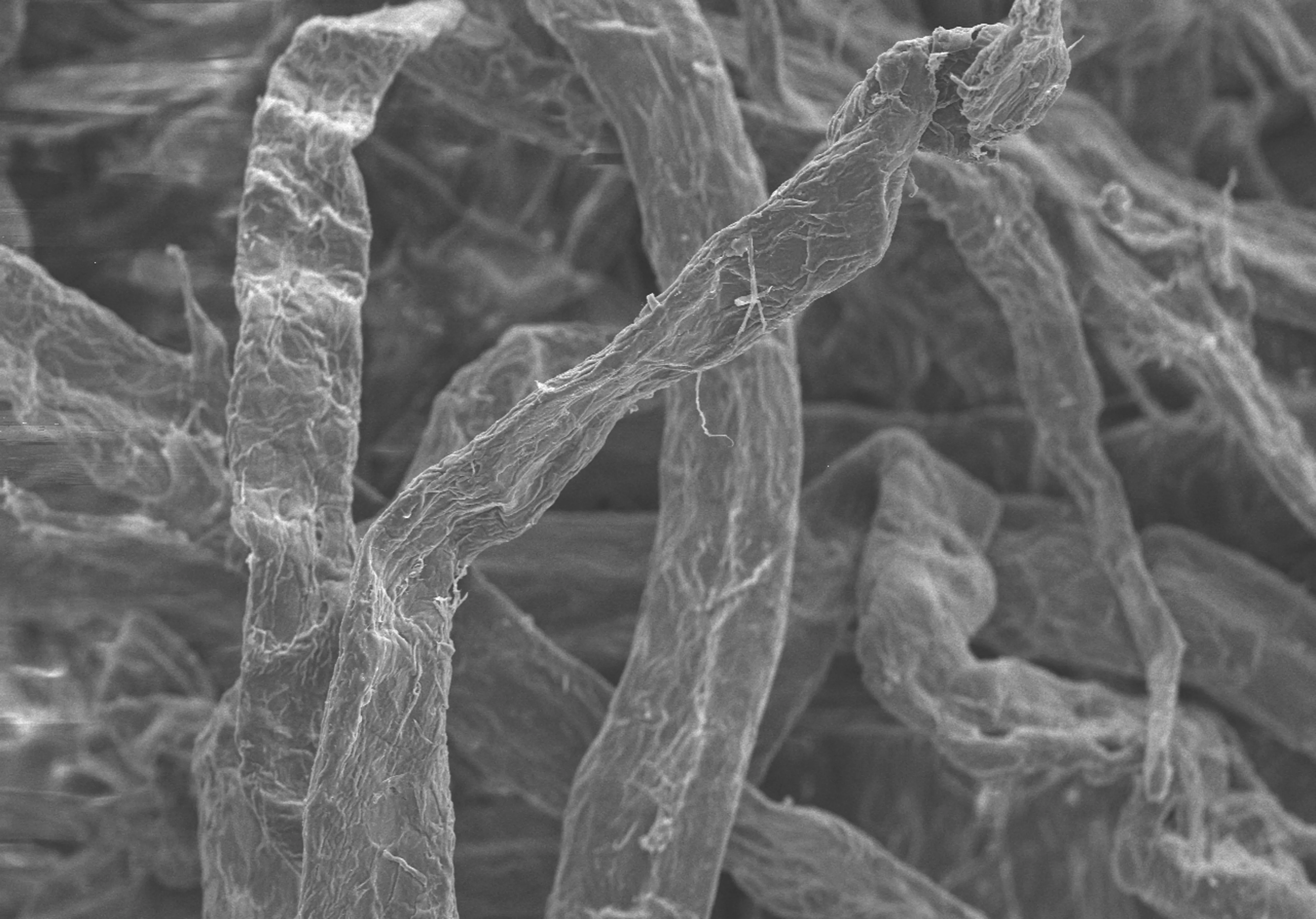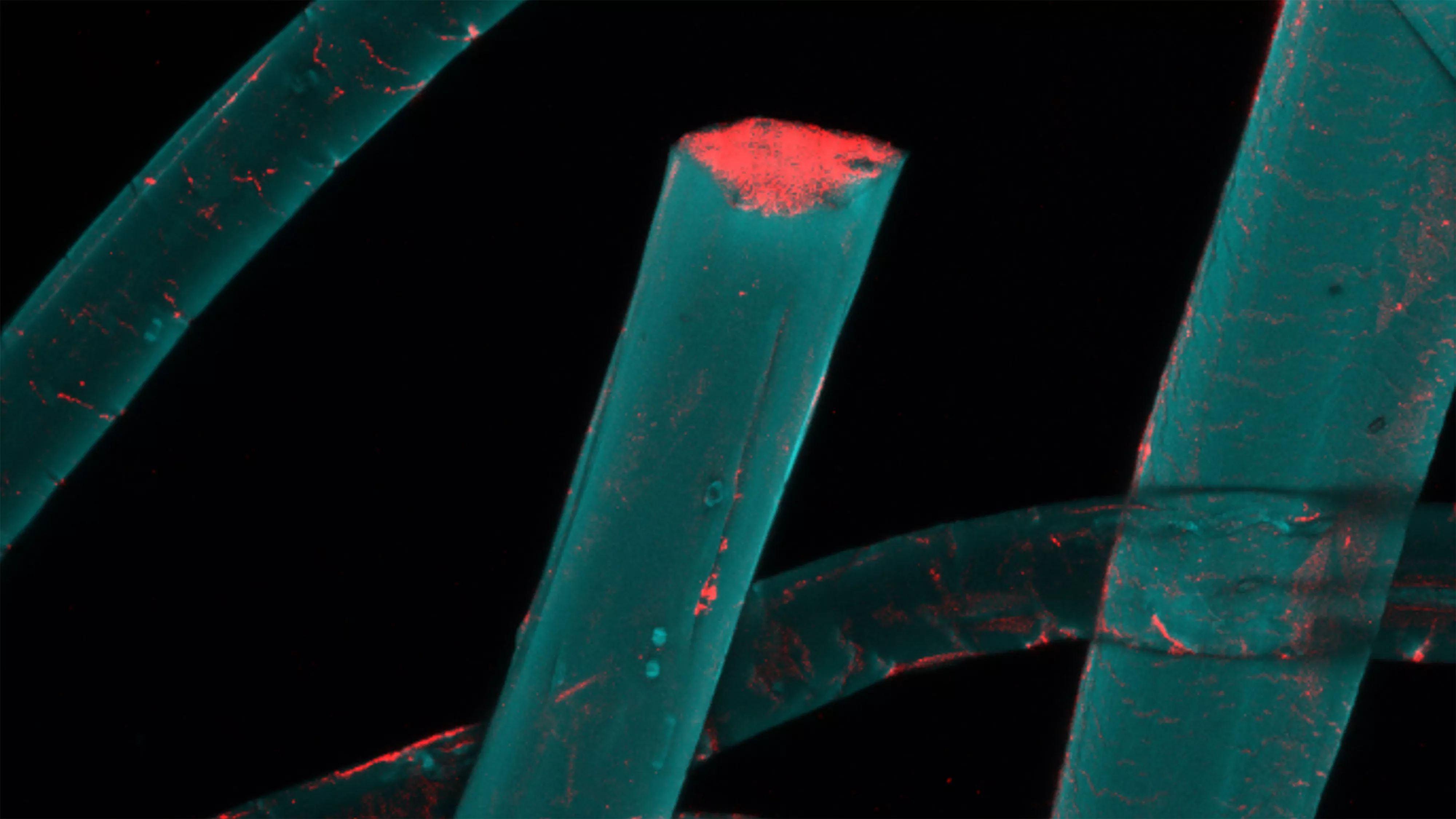The CBE JU-funded GRETE project has developed technologies to meet the need for biodegradable bio-based textile fibres based on sustainable raw materials – in this case, wood. Increased use of wood-based textiles will contribute to overcoming the microplastic problem associated with synthetic fibres. Furthermore, much less water and land are needed to produce wood-based textiles than fibres like cotton.
Wood-based textiles are not new; clothes made of viscose and lyocell have been on the market for decades. However, there is room for improvement in their manufacture, and this is where GRETE comes into play.
More with less
The technologies developed by GRETE can turn a larger share of the wood biomass into textile fibres, so more material can be produced with less wood. They also allow paper-grade pulp, which has traditionally been used to make products like paper, cardboard or tissue, to be turned into higher-value long-lasting textile products, making the European paper industry more profitable.
These functional fibres that are produced in GRETE will be able to produce high-quality textiles.
Stina Grönqvist, GRETE project coordinator
Ionic liquids are a key element in producing textile fibres from paper-grade pulp. These safe, recyclable solvents are synthesised from low-cost and industrially available chemicals. They effectively dissolve cellulose from wood and are easy to separate from the solutions used to spin pulp into fibre. They can replace toxic or explosive chemicals, thereby increasing worker safety.
Dyeing textiles and other post-production treatments consume immense amounts of water and toxic chemicals in general.
Jenni Rahikainen, VTT senior scientist
Additionally, GRETE has developed chemical and enzymatic technologies that improve the processing and quality of the final textile fibres. The modifications that these technologies introduce can increase the fibres’ capacity to resist flames and reduce fibrillation, which spoils textiles’ appearance. They also make the fibres more durable, extending their lifespan as part of a circular approach. ‘These functional fibres that are produced in GRETE will be able to produce high-quality textiles,’ says Stina Grönqvist, Research Team Leader at VTT and coordinator of the GRETE project.
Easier processing
The GRETE methods facilitate further processing by improving the fibres’ ability to adsorb dyes.
GRETE will offer a production technology which consumes less energy and water.
Jenni Rahikainen, VTT senior scientist
‘Dyeing textiles and other post-production treatments consume immense amounts of water and toxic chemicals in general. The GRETE fibres, based on their functional properties, can be dyed much more sustainably,’ explains Jenni Rahikainen, Senior Scientist at VTT. 'GRETE will offer a production technology that consumes less energy and water.'
GRETE’s solutions are being disseminated among bio-based industries, particularly forest-based industries, and the textile and fashion sectors. The forest sector provides a solid platform for the industrial exploitation of the results, which is expected over the coming decade.
